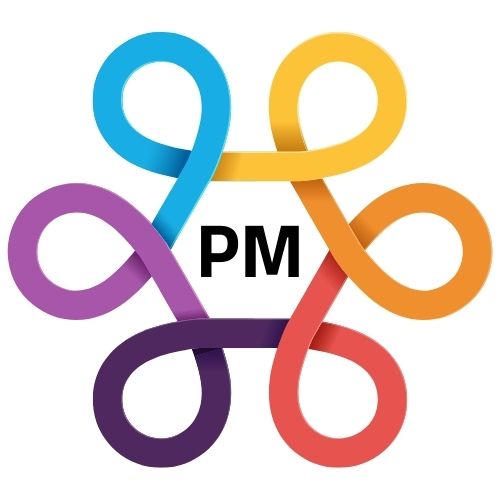High-Converting Websites: Key Elements Every Marketer Needs

High-Converting Websites: Key Elements Every Marketer Needs...
In the digital age, your website isn't just a digital brochure; it's a 24/7 sales representative. For marketers, a high-converting website is the cornerstone of successful campaigns, turning traffic into tangible results. But what are the essential elements that transform a passive online presence into a conversion powerhouse? Let's dive into the key components every marketer should prioritize.
1. Crystal-Clear Value Proposition:
Visitors should immediately understand what your business offers and why it's valuable. Your value proposition should be front and center, communicated in a concise and compelling headline and supporting subheadline.
- Focus on benefits, not features: Explain how your product or service solves a problem or improves the visitor's life.
- Use clear and direct language: Avoid jargon and technical terms.
- Highlight your unique selling proposition (USP): What makes you different from your competitors?
2. User-Friendly Navigation:
Intuitive navigation is crucial for keeping visitors engaged. A well-structured website allows users to easily find the information they need.
- Simple and logical menu structure: Use clear and concise labels.
- Search functionality: Enable users to quickly find specific content.
- Mobile-responsive design: Ensure seamless navigation on all devices.
3. Compelling Calls to Action (CTAs):
CTAs are the prompts that guide visitors towards your desired action. They should be prominent, persuasive, and strategically placed throughout your website.
- Use action-oriented language: "Get Started," "Download Now," "Subscribe Today."
- Create visually distinct buttons: Use contrasting colors and ample padding.
- Place CTAs strategically: Above the fold, within content, and at the end of pages.
4. High-Quality Visuals and Multimedia:
Visuals are powerful tools for capturing attention and conveying your message. Use high-quality images and videos to enhance your website's appeal and engagement.
- Professional photography and videography: Invest in visuals that reflect your brand's quality.
- Infographics and data visualizations: Present complex information in an easily digestible format.
- Optimize visuals for speed: Compress images and videos to ensure fast loading times.
5. Social Proof and Trust Signals:
Building trust is essential for conversions. Incorporate social proof elements to demonstrate credibility and reassure visitors.
- Testimonials and reviews: Showcase positive feedback from satisfied customers.
- Case studies: Illustrate how your product or service has helped others.
- Trust badges and security logos: Display recognized certifications and security measures.
6. Optimized Landing Pages:
Dedicated landing pages are crucial for targeted marketing campaigns. They should be tailored to specific offers and designed to maximize conversions.
- Clear and concise messaging: Focus on the specific offer and its benefits.
- Minimal distractions: Remove unnecessary navigation elements.
- Strong and prominent CTA: Guide visitors towards the desired action.
7. Fast Loading Speed:
In today's fast-paced digital environment, speed is paramount. Slow-loading websites lead to high bounce rates and lost conversions.
- Optimize images and videos: Reduce file sizes without sacrificing quality.
- Minimize HTTP requests: Combine and minify CSS and JavaScript files.
- Utilize a content delivery network (CDN): Distribute your content across multiple servers.
8. Mobile Responsiveness:
With the majority of internet traffic coming from mobile devices, a mobile-responsive website is no longer optional.
- Ensure seamless navigation on all devices: Test your website on various screen sizes.
- Optimize forms and CTAs for mobile: Make them easy to use on touchscreens.
- Prioritize mobile-first design: Consider the mobile experience from the outset.
9. Data-Driven Optimization:
Continuous improvement is essential for maximizing conversions. Use analytics tools to track key metrics and identify areas for optimization.
- Track conversion rates and bounce rates: Understand how visitors interact with your website.
- A/B testing: Experiment with different elements to identify what works best.
- Use heatmaps and session recordings: Gain insights into user behavior.
10. Clear and Concise Content:
Content should be easy to read and understand. Avoid jargon and technical terms.
- Use short paragraphs and bullet points: Break up text to improve readability.
- Use headings and subheadings: Organize content and make it easy to scan.
- Focus on the visitor's needs: Address their pain points and provide valuable information.
By implementing these key elements, marketers can transform their websites into powerful conversion machines, driving tangible results and maximizing their return on investment.
